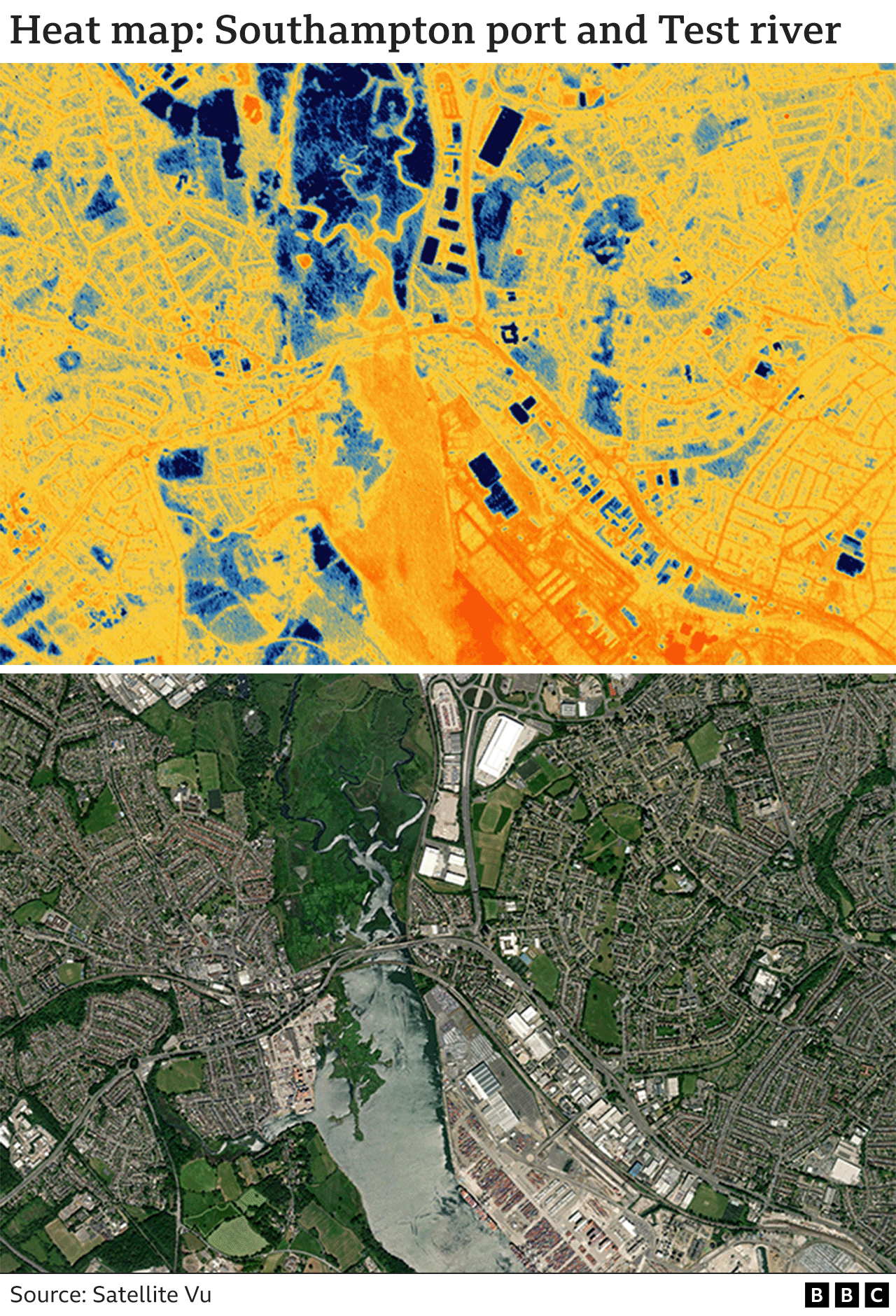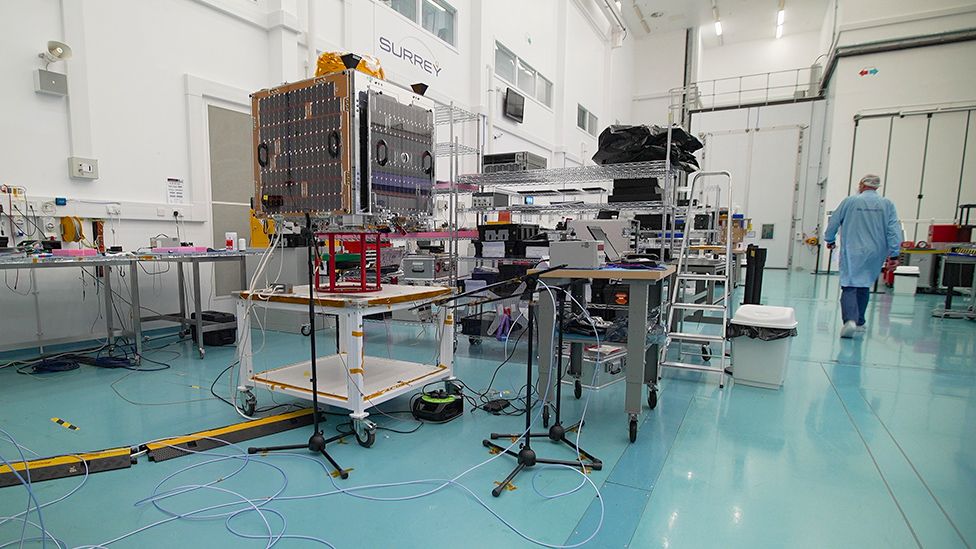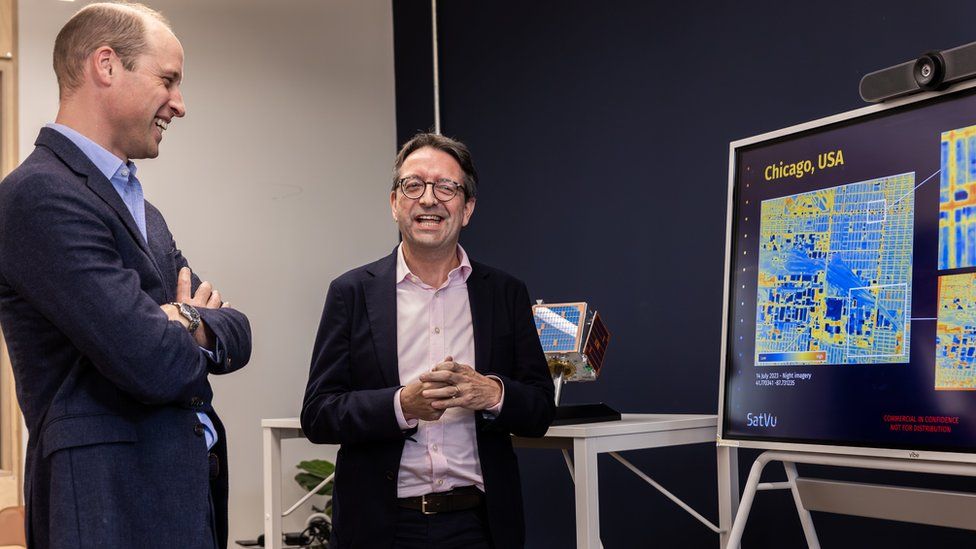HotSat-1: UK climate satellite suffers failure in orbit
An innovative UK climate satellite has failed in orbit just six months after launch.
HotSat-1 was put up to map heat loss from buildings and was doing so successfully until its camera stopped working earlier this week.
SatVu, the London company behind the mission, does not expect to restore operations even though engineers are still in contact with the spacecraft.
The satellite was fully insured and a replacement will be flown in 2025.
Chief executive Anthony Baker described the loss as a major disappointment but said his team would come back stronger.
“The satellite was working fantastically, the data was great and the customers were super-excited. To trip up now is deeply frustrating but we’ve proved the principle and that puts us in a really strong position for the future,” he told BBC News.
HotSat-1 was fitted with the highest resolution, commercial thermal sensor in orbit, enabling it to trace hot and cold features across Earth as small as 3.5m across.
The idea was to identify properties that were wasting energy through their heat signatures and then alert the owners to solutions that could save them money and reduce their carbon emissions.

This application applies not just to the general housing stock – which in the UK is very inefficient – but to public buildings, factories and other built infrastructure.
Organisations that had requested to experiment with HotSat-1’s early data were already converting to fully fledged customers, Mr Baker said.
“We’d even sent out our first invoice,” he added.
The mid-wave infrared camera on board HotSat-1 was assembled, along with the spacecraft’s chassis and associated sub-systems, by Surrey Satellite Technology Limited in Guildford.
The manufacturer is now working with a review board that will try to establish precisely what went wrong.

Engineers will want to understand the cause of the failure and take any lessons into the design of the follow-on mission.
SatVu hopes ultimately to fly eight sensors in a constellation.
“Eight gives us a clear path to profitability,” Mr Baker said.
“The unit economics are fantastic – if you look at the addressable market and what a satellites costs and what you can sell the data for. And it’s what the customers want because more satellites mean they don’t have to wait too long for their data.”
HotSat-1’s sensor technology was developed with money from the European and UK space agencies. The mission’s first pictures had a royal unveiling in the presence of the Prince of Wales.
Company executives have just returned from the COP28 UN climate talks in Dubai where they were showcasing the technology.




